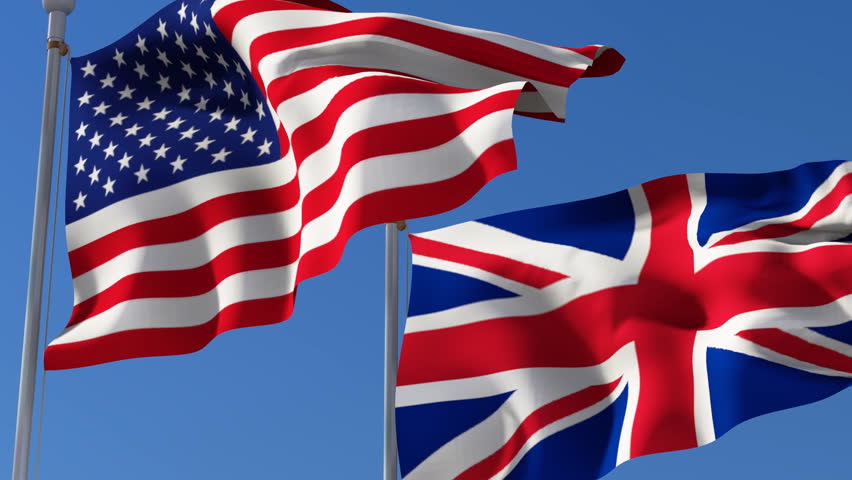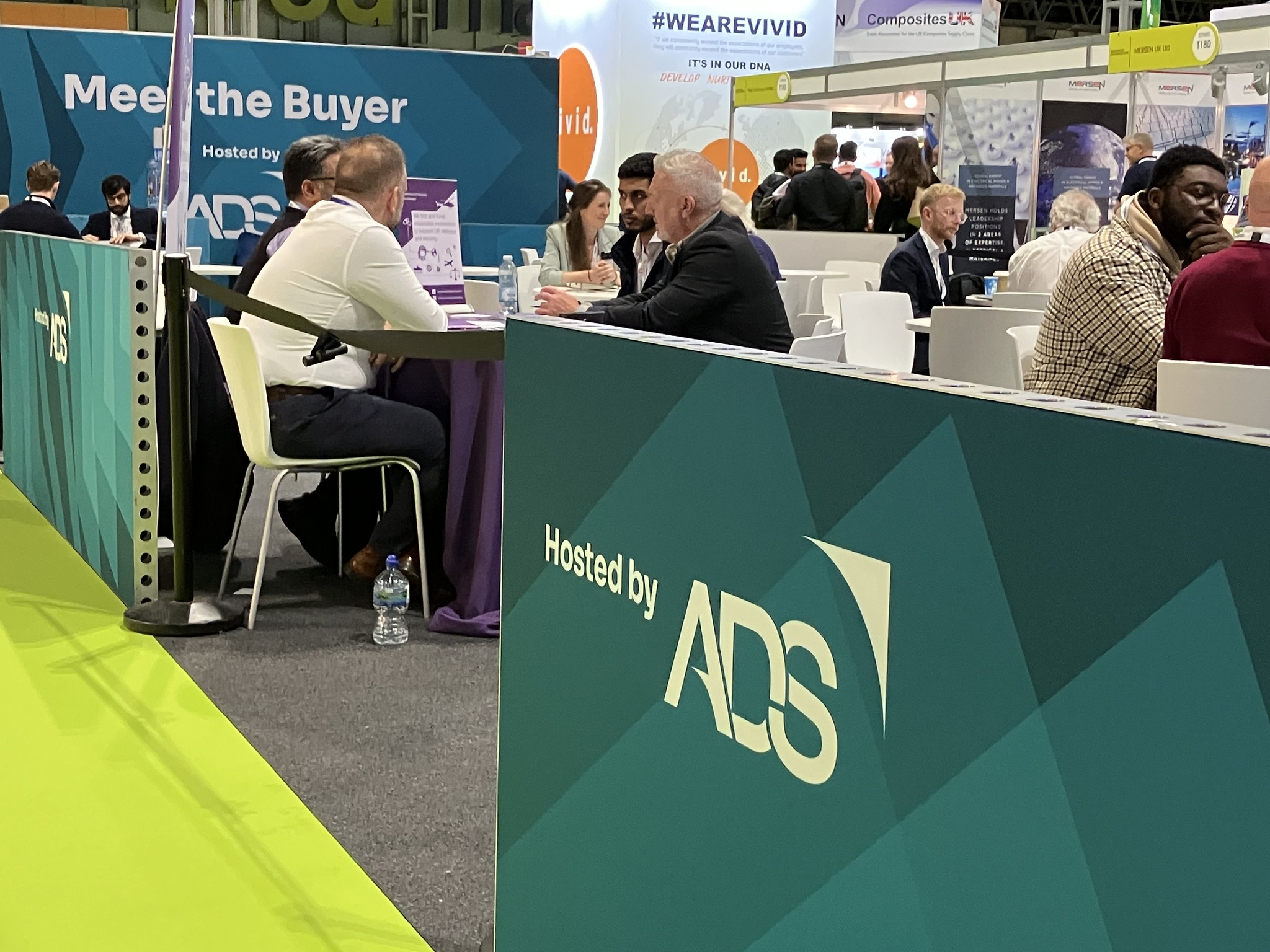News of Lockheed Martin’s designs for the N+2 Supersonic Business Jet has seen a flurry of interest in whether supersonic air travel can really make a comeback – 11 years after Concorde was retired by both British Airways and Air France.
Potential Projects
Lockheed N+2
The N+2 is designed to travel at Mach 1.7, nearly twice the speed of sound, and is based on a tri-jet configuration with one engine on top and the other two located under each wing. These locations are designed to conceal the sonic boom from Mach 1+ speeds – by blending the disturbance within the airframe. The project was started in 2001 through a $25-million contract from Supersonic Aerospace International.
Aerion AS2
The Aerion AS2 project is set begin potential test flights by 2019, with the aircraft 30ft long, designed to carry 12 passenger seats, achieve a flight speed of Mach 1.6 and around a 20% reduction in drag due to new wing technology. The project has received a significant boost with assistance from Airbus – who will provide capabilities in design, manufacturing and certification. Aerion was founded in 2002.
Spike Aerospace S-512
Boston based Spike Aerospace are developing a jet to fly at Mach 1.6, seating 12-18 passengers and set to fly between Los Angeles and Tokyo in 8 hours. The aircraft will also not have windows for the passengers – but be lined with tiny cameras sending footage to thin, curved displays lining the interior walls of the fuselage. This concept is something which has also received significant discussion in future commercial aircraft designs.
HyperMach SonicStar
UK based firm, HyperMach, is developing the SonicStar – capable of reaching speeds of up to Mach 4.4, twice the speed of Concorde. The ambitious plans calls for 10-16 passengers for VVIP flights; could fly between New York and Dubai in 2-3 hours; possessing engines 30% more efficient than Concorde., and will begin operations in the mid-2020s.
Challenges
The diverse range of projects above are exacerbated by a number of technological, regulatory and operational challenges which need to be addressed before planes can be built and operations become profitable.
Technology
A major focus is not only on new propulsion systems, but also sleek wing designs – incorporating supersonic laminar flow. Despite NASA leading R&D in this area, laminar flow has yet to be used on subsonic commercial flights – with Clean Sky 2’s project still only in the development and test bed stages. This technology is still a long way from maturity and the desired results forecast.
Projects Led by Start Ups
Many of the Supersonic Business Jet projects above are led by start ups – rather than established aircraft manufacturers. Whilst Lockheed and Airbus are involved on some, they do not have the capital to shift away from current operations – with Airbus in particular, fully focused on its commercial activities, production increases and incremental levels of innovation for its customers. Start Ups do not have the same amount of money behind them, and despite major manufactures support, may not be able to reach the timescales outlined.
Noise
The impact of Sonic Booms from flying above Mach 1 will impact on the ability for these aircraft to operate effectively. Whilst new designs and innovation may help to stem the impact, significant testing and certification will be required before nations can allow supersonic aircraft to operate – particularly over land.
Regulation and Safety
Safety is paramount in Aerospace manufacturing , with supersonic business jet technology currently untried and untested. Regulators can lean on the vast knowledge gained from Concorde’s long operational history since the early 1970s – but regulators will be cautious on allowing the commercial operation of supersonic aircraft without even more thorough regulatory processes.
Cost
A new supersonic business jet could cost in the region of $80-100m – over $20m more than current business aircraft and the same price as 150 seater subsonic airliners. Analysts are unsure whether individuals or organisations will spend this extra money – especially as the aircraft could initially be expensive to operate.
Supersonic travel is an exciting prospect – and with manufacturers continuing to innovate and reflect the growing demand for air travel, one or a number of these projects could revolutionise business and eventually commercial, aviation. However, challenges must be overcome and concerns met before these proposals become successful.
Despite this, the original Concorde had its first flight in March 1969 – so the focus on new supersonic commercial travel and technological innovation has waited long enough to be re-developed and re-ignited.





